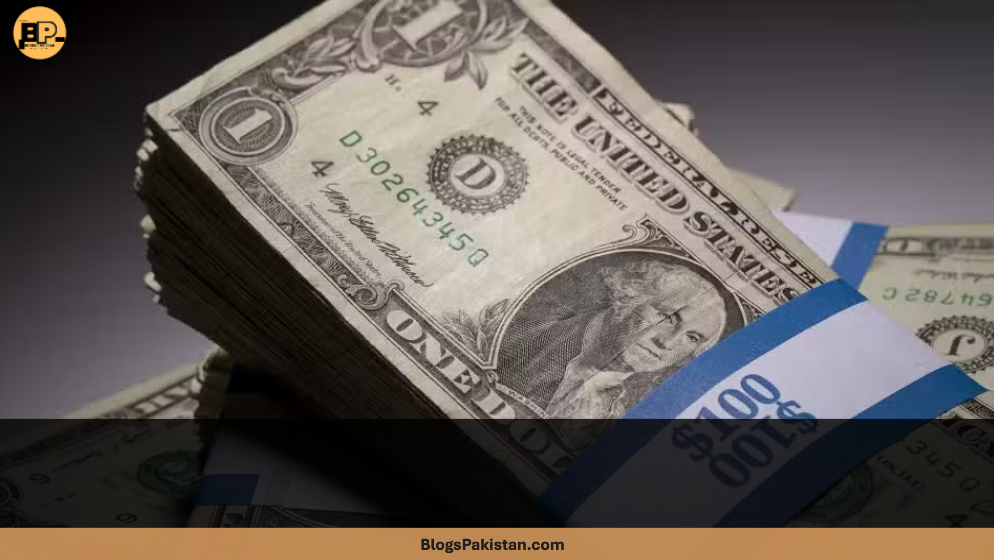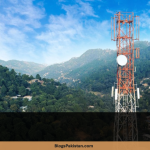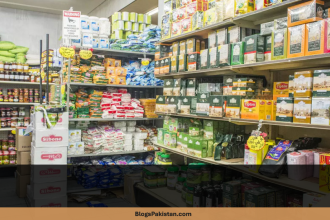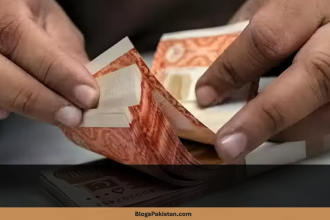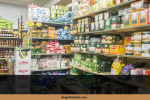Forex If you’ve ever wondered why your favorite imported chocolates or that snazzy smartphone sometimes suddenly cost more, the answer lies partly in something called “foreign exchange reserves.” But don’t worry—this isn’t a boring economics lecture. Pakistan’s latest forex news comes with enough drama, hope, and even a bit of humor to keep you awake (and maybe even interested).
So let’s break down what’s happening with Pakistan’s foreign exchange reserves, why everyone from bankers to your neighborhood grocer is talking about it, and what it all means for you—whether you’re in Karachi, Lahore, Mumbai, or Delhi.
What Are Foreign Exchange Reserves, Anyway?
Let’s start with the basics. Foreign exchange reserves are like a country’s emergency cash stash but in international currencies (mainly US dollars, but also euros, pounds, and a sprinkle of yuan for flavor). Countries need these reserves to:
- Pay for imports (oil, phones, Netflix subscriptions—okay, maybe not Netflix)
- Repay foreign debt (no one likes a friend who borrows and never pays back, right?)
- Keep their currency stable (so your rupee doesn’t start acting like a roller coaster)
A healthy level of reserves means your country can weather economic storms, control inflation, and generally avoid panic at the currency exchange counter.
The Big News: Reserves Surge by $1.93 Billion!
According to the State Bank of Pakistan (SBP), as of July 4, Pakistan’s total liquid foreign exchange reserves leapt to a whopping $20.02 billion. That’s not just a random number—it’s the highest level since March 2022. For context, that’s like finding a forgotten wad of cash in your winter jacket, except on a national scale!
Here’s the juicy breakdown:
- SBP’s own stash: 14.502billion(upby14.502billion(upby1.77 billion in just a week!)
- Other banks’ reserves: 5.527billion(anincreaseof5.527billion(anincreaseof162 million)
Why Did Reserves Jump So Much? The Inside Story
No, the SBP didn’t find a magic lamp or secret treasure chest. Here’s what’s behind the sudden boost:
1. Aid and Loans
Pakistan often receives support from friendly countries, multilateral organizations, and sometimes even that helpful uncle (read: IMF, World Bank, China, Saudi Arabia). Fresh inflows from loans or aid can beef up the reserves quickly.
2. Export Earnings
If Pakistan’s exports (think textiles, rice, sports goods, and yes, your favorite Pakistani dramas sold abroad) do well, more dollars come in. Lately, export numbers have been looking up, which helps.
3. Reduced Import Bills
Energy prices have been a bit less wild, and smart government policies have sometimes managed to slow down imports, keeping more dollars at home.
4. Remittances
Overseas Pakistanis are real MVPs. When they send money home, it directly boosts the country’s reserves.
Why Should People in Pakistan and India Care?
For Pakistanis
- Stronger Rupee: Higher reserves usually mean a more stable (or even stronger) rupee. Your imported goods—from phones to perfumes—are less likely to get suddenly pricier.
- Lower Inflation: When reserves are healthy, the government doesn’t have to print money like there’s no tomorrow, which keeps prices in check.
- Investor Confidence: International investors love stability. High reserves say, “Hey, Pakistan’s open for business!” That means more jobs, more business, and maybe even more fancy malls.
For Indians
- Regional Trade: A stable Pakistan means smoother cross-border business. If you’re into exporting machinery or buying Pakistani mangoes, this is important.
- Economic Lessons: Monitoring Pakistan’s reserve trends can provide valuable lessons for India’s own economic planning—and vice versa.
How Does This Impact Daily Life? (Hint: More Than You Think)
Ever noticed how sometimes one day the rupee is strong, and the next day, you can barely afford imported cheese? That’s the forex reserves at work. When reserves are high:
- Travel Abroad Is Easier: If you’re planning a trip to Dubai or London, a stable rupee means you won’t be shocked at the currency exchange counter.
- Cheaper Imports: Cars, electronics, medicines—anything imported is less likely to shoot up in price suddenly.
- Confidence in Economy: People feel safer saving and investing, knowing the government has enough “backup cash.”
But Wait—Are There Risks Ahead?
Of course, life (and economics) isn’t all sunshine and roses.
- External Debt: If reserves are boosted mainly by loans, it’s like topping up your wallet with a credit card—helpful now, but a headache later.
- Sustainability: The real challenge is keeping reserves up through sustainable means like exports—not just by borrowing.
What Happens Next? The Road Ahead
The SBP and government will have to keep a close eye on spending and borrowing. Encouraging exports, attracting remittances, and controlling unnecessary imports will remain key.
In short: the news is good, but maintaining this forex fiesta will take discipline (and maybe fewer impulsive luxury car imports).
Fun Facts to Impress at Your Next Dinner Party
- The last time reserves were over $20 billion was in March 2022—think how much has changed since then!
- Pakistan’s reserves fluctuate based on everything from global oil prices to cricket tournament tours abroad (okay, maybe not cricket, but still).
- The higher the reserves, the easier it is for Pakistan to bargain with the IMF and other lenders.
Conclusion: Is This the Start of a New Era?
Pakistan’s foreign exchange reserves hitting a two-year high is certainly worth celebrating (samosas all around!). It signals hope for stability, confidence for businesses, and maybe—just maybe—fewer sleepless nights for the folks at SBP.
But as every wise aunty in Karachi or Delhi will tell you, the real test is “ab is ko sambhal ke rakhna hai.” Let’s hope this upward trend continues, bringing prosperity not just to government coffers but to every household and business across Pakistan and the region.

